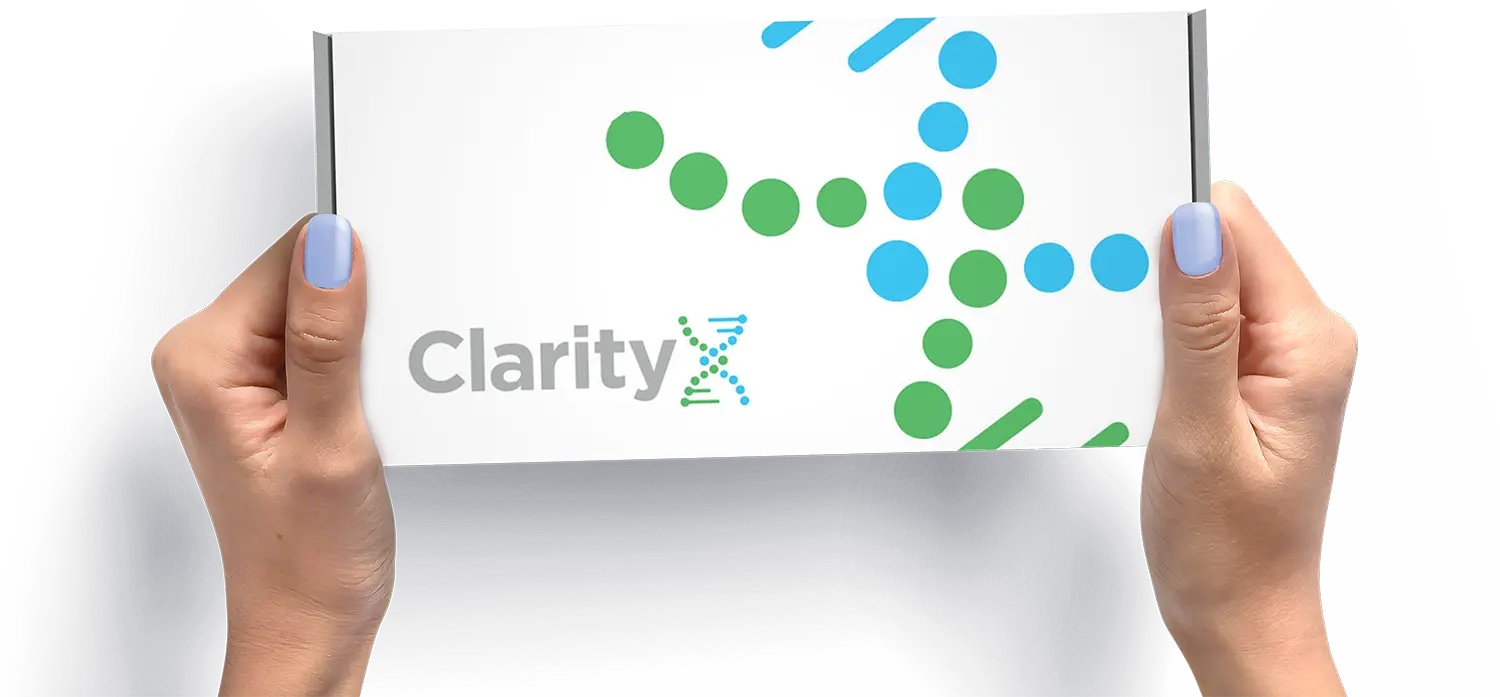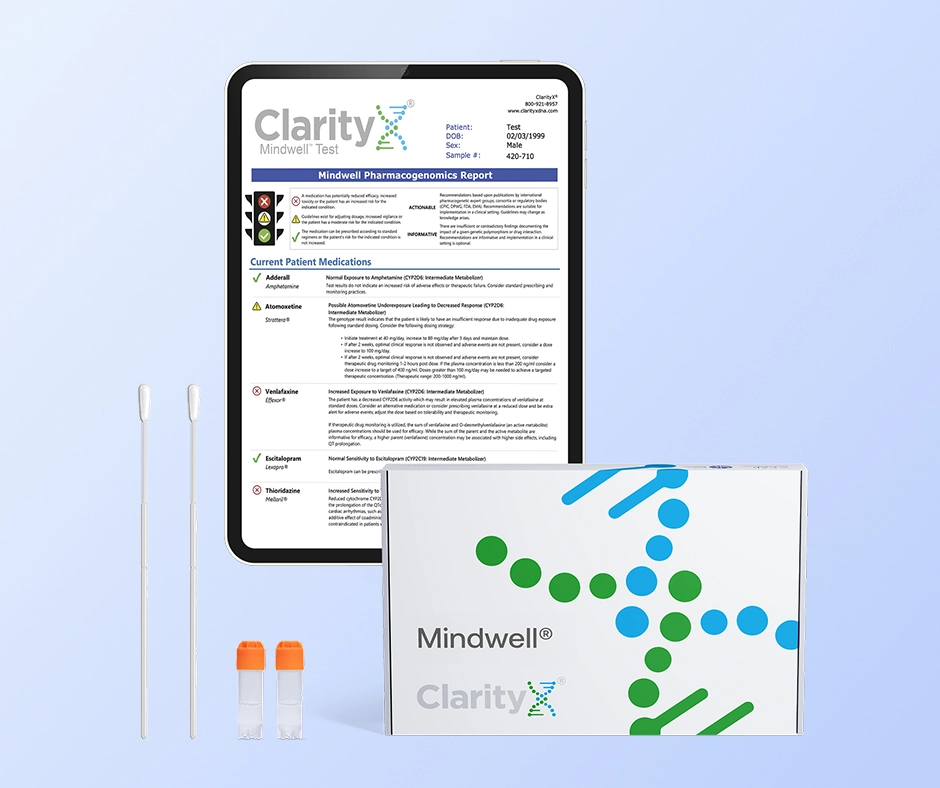Key Highlights
- Non-HDL cholesterol represents all the “bad” types of cholesterol and offers a better understanding of heart disease risk.
- Doctors calculate non-HDL cholesterol by subtracting HDL cholesterol from total cholesterol levels in a lipid panel blood test.
- Elevated non-HDL cholesterol increases risks of cardiovascular diseases like heart attacks and strokes due to the development of atherosclerotic plaque.
- Lifestyle changes like healthier diets, exercise, and avoiding smoking can effectively lower non-HDL cholesterol levels.
- Cholesterol monitoring is essential, with healthcare providers prioritizing non-HDL cholesterol as a key factor in cardiovascular health management.
Introduction
Non-HDL cholesterol is a crucial measurement of the "bad" cholesterol in your blood and offers significant insight into your heart health. Because your cholesterol levels can directly impact heart function, it is important to have them checked regularly with a blood test called a lipid panel. While your body needs some types of cholesterol for essential functions, an excess can increase your risk of developing heart disease.
By keeping an eye on your non-HDL cholesterol, you can better understand your risk of heart problems and make more informed choices for your cardiovascular health. Let’s explore what non-HDL cholesterol means and why it is so important.
Understanding Non-HDL Cholesterol
Non-HDL cholesterol is a measurement that encompasses all types of bad cholesterol known to increase the risk of heart disease. It is calculated by subtracting your HDL (“good”) cholesterol from your total cholesterol during a lipid panel. This provides your doctor with a comprehensive view of the LDL cholesterol, triglycerides, and other harmful fats in your blood, offering a complete picture of the cholesterol levels that can harm your arteries and heart.
Doctors use non-HDL cholesterol results to assess your risk for cardiovascular problems and suggest strategies for improvement. Due to the strong links between heart disease and conditions like high blood pressure, diabetes, and obesity, keeping non-HDL cholesterol under control is a critical part of lowering your overall health risk.
What Is Non-HDL Cholesterol?
Non-HDL cholesterol includes all the "bad," or atherogenic, lipoproteins in your blood. You can determine this number by subtracting HDL cholesterol from your total cholesterol on a lipid profile. This measurement provides more detailed information about harmful cholesterol in the body because it includes not only LDL but also triglycerides and very-low-density lipoproteins (VLDL).
While total cholesterol gives you a general overview, non-HDL cholesterol specifically focuses on the types most closely linked with heart disease. It helps identify the cholesterol that can cause atherosclerotic plaque to build up in your arteries, which can block blood flow and lead to organ damage.
How Is Non-HDL Cholesterol Calculated?
Non-HDL cholesterol is calculated by subtracting your HDL cholesterol value from your total cholesterol value. These numbers are provided by a lipid panel, which is a common blood test. Your lab results will show your total and HDL cholesterol, and often your LDL cholesterol and triglycerides as well, making it simple to determine your non-HDL cholesterol.
For example, if your total cholesterol is 200 mg/dL and your HDL cholesterol is 50 mg/dL, your non-HDL cholesterol is 150 mg/dL (200 - 50 = 150).
Clinicians pay close attention to this number because it includes all cholesterol types that contribute to heart problems. A high non-HDL cholesterol level may indicate that you also have an excess of LDL cholesterol and triglycerides, providing a more accurate picture of your total heart risk.
Non-HDL vs. Other Cholesterol Types
Non-HDL cholesterol differs from LDL and HDL cholesterol because it aggregates all the harmful types into a single measurement. This provides a more complete picture of your total cholesterol profile and how it can elevate your heart disease risk.
LDL cholesterol is primarily known for transporting fats that can clog arteries. In contrast, HDL cholesterol supports cardiovascular health by clearing "bad" cholesterol from the blood. However, non-HDL cholesterol is considered a more comprehensive metric because it includes LDL, triglycerides, and other harmful particles, giving you a clearer view of your heart health.
Differences Between Non-HDL, LDL, and HDL Cholesterol
Each cholesterol reading offers a different perspective on your heart disease risk. Non-HDL cholesterol quantifies all heart-harming types, including LDL and triglycerides. LDL is the "bad" type that can build up and block arteries, while HDL, the "good" type, helps your body remove excess cholesterol.
The table below outlines the differences and healthy cholesterol levels:
The Role of Triglycerides in Cholesterol Readings
Triglycerides are a type of fat derived from excess calories you consume. They play a significant role in your cholesterol readings and can impact your overall cardiovascular health. High triglyceride levels can elevate your non-HDL cholesterol and increase your risk of heart disease.
Health conditions like diabetes and obesity are often associated with high triglyceride levels, further increasing the likelihood of heart disease. Therefore, managing your triglycerides through lifestyle changes, such as a balanced diet and regular exercise, is a key component of controlling cholesterol and maintaining a healthy heart.
Why Non-HDL Cholesterol Matters for Heart Health
Non-HDL cholesterol is a critical metric for assessing heart health and cardiovascular risk. When non-HDL cholesterol is high, there is a greater chance of plaque accumulating in the arteries, causing them to narrow. This is a major risk factor for heart disease.
Measuring this cholesterol helps doctors better understand your risk factors. With this information, you can take proactive steps like changing your diet, starting an exercise routine, or using medication to lower your cholesterol, with treatment plans often being personalized based on insights from genetic testing like pharmacogenetics testing.
Risks Associated with High Non-HDL Cholesterol
High non-HDL cholesterol can lead to numerous problems for your heart and blood vessels.
- A higher risk of developing coronary artery disease and strokes due to poor blood flow.
- An increased likelihood of artery blockages and plaque, a condition known as atherosclerosis.
- A greater chance of heart attacks, which can endanger your health.
- A strong link with obesity, diabetes, and high blood pressure, which further elevates disease risks.
How Non-HDL Cholesterol Affects Cardiovascular Disease
Non-HDL cholesterol plays a major role in the development of cardiovascular disease by promoting the formation of atherosclerotic plaque. As this plaque builds up, it narrows blood vessels and restricts blood flow, which in turn increases the risk of heart attacks.
When your non-HDL cholesterol is high, your arteries can sustain more damage, putting significant pressure on your heart. Managing your cholesterol helps prevent these problems from progressing. Making healthy lifestyle changes and monitoring your health closely can help you control non-HDL cholesterol and lower your risk.
Healthy Ranges and When to Be Concerned
Keeping your cholesterol within a healthy range can significantly lower your risk of heart disease. Doctors evaluate your levels with a lipid panel and often prioritize non-HDL cholesterol to get a complete picture of your health.
If your cholesterol numbers are high, it should be taken seriously, especially if you have other risk factors like diabetes or high blood pressure. It is important to discuss your results with your healthcare provider to understand what they mean and to develop a plan to protect your cardiovascular health.
Normal and Elevated Non-HDL Cholesterol Levels
Optimal non-HDL cholesterol levels should be under 130 mg/dL. Levels above 160 mg/dL may place you at a higher risk for heart disease.
The table below shows desirable cholesterol levels:
Factors That Influence Non-HDL Cholesterol Numbers
Many factors can raise non-HDL cholesterol levels:
- Diet: Consuming foods high in saturated and trans fats, as well as processed items.
- Genetic Factors and Family History: A genetic predisposition can mean you are more likely to have high cholesterol, regardless of lifestyle.
- Lifestyle: A lack of physical activity can lead to weight gain and higher cholesterol.
- Stress: Being under significant stress can contribute to a rise in cholesterol.
Taking steady steps to live a healthier life, along with regular cholesterol checks, can help you manage your cholesterol and maintain good heart health.
Conclusion
In summary, understanding your non-HDL cholesterol is vital for maintaining a healthy heart. By learning how it differs from other cholesterol types, you can gain a clearer view of your cardiovascular risks and take a more active role in managing your health. Knowing the optimal ranges and what influences your levels empowers you to make better daily choices. Always monitor your numbers and consult with your doctor to achieve the best outcomes and get personalized advice on how to lower cholesterol.
Frequently Asked Questions
What causes high non-HDL cholesterol?
High non-HDL cholesterol typically results from a combination of lifestyle choices and underlying factors. The primary causes include a diet high in unhealthy fats, a lack of physical activity, and genetic predisposition. Health conditions such as obesity and diabetes also play a significant role. Addressing these risk factors is key to controlling your blood cholesterol levels and lowering your risk of heart disease.
How can I naturally lower my non-HDL cholesterol?
You can naturally lower your non-HDL cholesterol by adopting key lifestyle changes. Focus on a diet rich in whole grains, fresh fruits, vegetables, and lean proteins, while limiting foods high in trans fats and processed ingredients. Combining a healthy diet with regular physical activity can significantly improve your cholesterol levels and reduce your overall risk of heart disease.
Is non-HDL cholesterol more important than LDL?
Many experts consider non-HDL cholesterol to be a better indicator of heart disease risk than LDL cholesterol alone. This is because non-HDL cholesterol accounts for all the harmful, plaque-forming types of cholesterol found in a lipid panel, including LDL, VLDL, and others. This provides you and your healthcare provider with a more complete picture of your cardiovascular risk. It is important to discuss all your results, including HDL and LDL cholesterol, with your provider to understand what they mean for your personal health.
What foods should I avoid with high non-HDL cholesterol?
To manage high non-HDL cholesterol, you should limit or avoid foods that are high in saturated fats, trans fats, and dietary cholesterol. This includes processed meats (like sausage and bacon), fried foods, and many commercially baked goods and snacks (like pastries, chips, and cookies). Limiting these foods can directly support better cholesterol numbers and improve your overall heart health.
How often should I get my non-HDL cholesterol checked?
The recommended frequency for cholesterol checks depends on your age and risk factors. Healthy adults should typically have their cholesterol checked every four to six years. However, your healthcare provider may recommend more frequent testing if you have risk factors for heart disease, such as a family history of high cholesterol, diabetes, high blood pressure, or if you are overweight. Always follow the screening schedule recommended by your provider.
References
https://www.mayoclinic.org/diseases-conditions/coronary-artery-disease/symptoms-causes/syc-20350613
https://clarityxdna.com/products/max-rx
https://clarityxdna.com/blog/learn/pharmacogenetics-testing/
https://medlineplus.gov/triglycerides.html
https://www.nhlbi.nih.gov/health/blood-cholesterol
https://www.heart.org/en/health-topics/cholesterol/about-cholesterol/atherosclerosis





